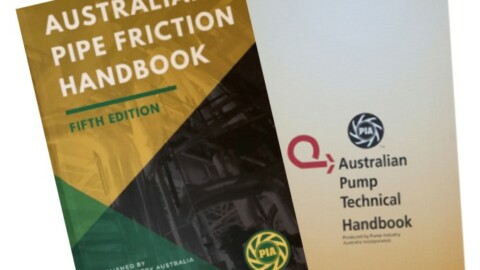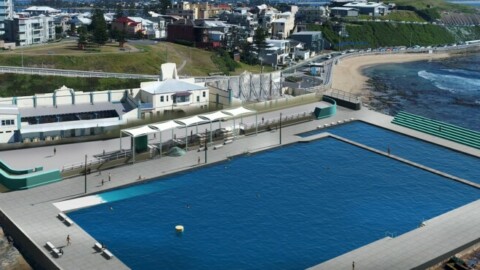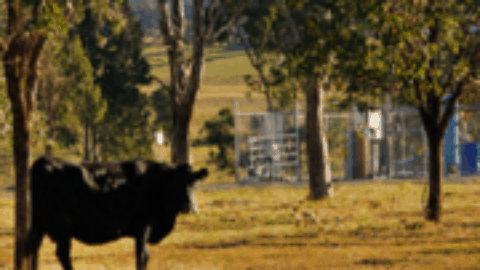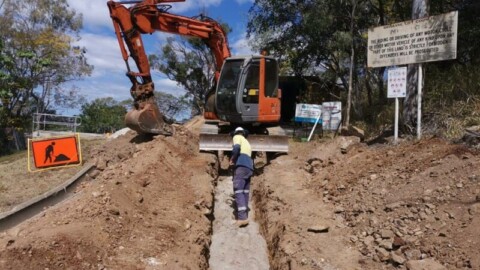Upgrades and renewals to Jindabyne’s Sewerage Treatment Plant, Jindabyne Sewerage Pump Station and the Tyrolean Pump Station have now been completed after eighteen months of construction. The construction of the three projects commenced in January 2012 at a total cost of $3.8 million and was fully funded by Snowy River Shire Council.
General Manager, Mr Joseph Vescio advised “These works were deemed necessary due to aging infrastructure and should now provide Jindabyne residents with more efficient facilities which will help cope in the winter months when we have the high influx of visitors. These major works are not necessarily seen by the community but are essential to the smooth running of our infrastructure needs”.
The required works were due to various issues such as compliance with some pollutant levels, emergency storage capacity and proximity to the lake. These works were discussed and decided upon by the collaborative regulators: Environment Protection Authority, Public Works Department, NSW Office of Water and SRSC. It was decided that only issues that affected the effluent quality would be addressed as a priority, at this stage. “Unfortunately, due to costs we couldn’t do everything that we would have liked to have done but in conjunction with the NSW Government regulators the work undertaken was assessed as essential”.
Background
JSTP – The Jindabyne Sewerage Treatment Plant operates under an EPA load-based licence. Over the past years compliance with some pollutant levels has been poor and also several OHS issues had been identified in 2007 by Councils Risk Management Officer and the Inspector from the Office of Water.
JSPS2 – The Jindabyne Sewerage Pump Station was built in 1956. Two of the key problems at this pump station were the lack of emergency storage and its proximity to the lake. Hence in 2008, work commenced on the concept study for the design of the new pump station. Further progress on the final design and construction were delayed due to prolonged negotiations on land matters. In 2009, the sewer spill from the pump station into the lake resulted in a prolonged “boil water alert” and required expediting the design and construction.
Stages of Development
JSTP
In July 2009, the biological loading and the hydraulic loading were measured over a week in the winter peak period. The results of this study were used to draw up the concept study for the upgrade of the plant for future growth.
At a joint meeting with the EPA, Council, Public Works and the Office of Water, it was agreed that not all works identified in the concept study would be required immediately and that only those that affected the effluent quality would be addressed as a priority. The current plant has a capacity of 8,000EP and the future upgrade was for double the capacity ie 16,0000 EP.
In June 2010, the EPA issued Council with a Pollution Reduction Program (PRP) for the Treatment Plant to address poor effluent quality. The design of the inlet works, chemical dosing, associated electrical and OHS works was awarded to Public Works and the design was completed in December 2010.
SPS2 and TYSPS1
The Design for SPS2 commenced in February 2010 but construction was delayed due to land matters. The Electrical upgrades at Tyrolean Village SPS2 was identified in 2009. With the works required for the upgrade of the treatment works, it was decided to combine the treatment plant and pump station construction projects which would provide economies of scale.
Construction commenced in January 2012 on the 3 projects. The total cost of the projects including concept studies, design, project management and construction was 3.8 million dollars which was totally funded by Council.


















